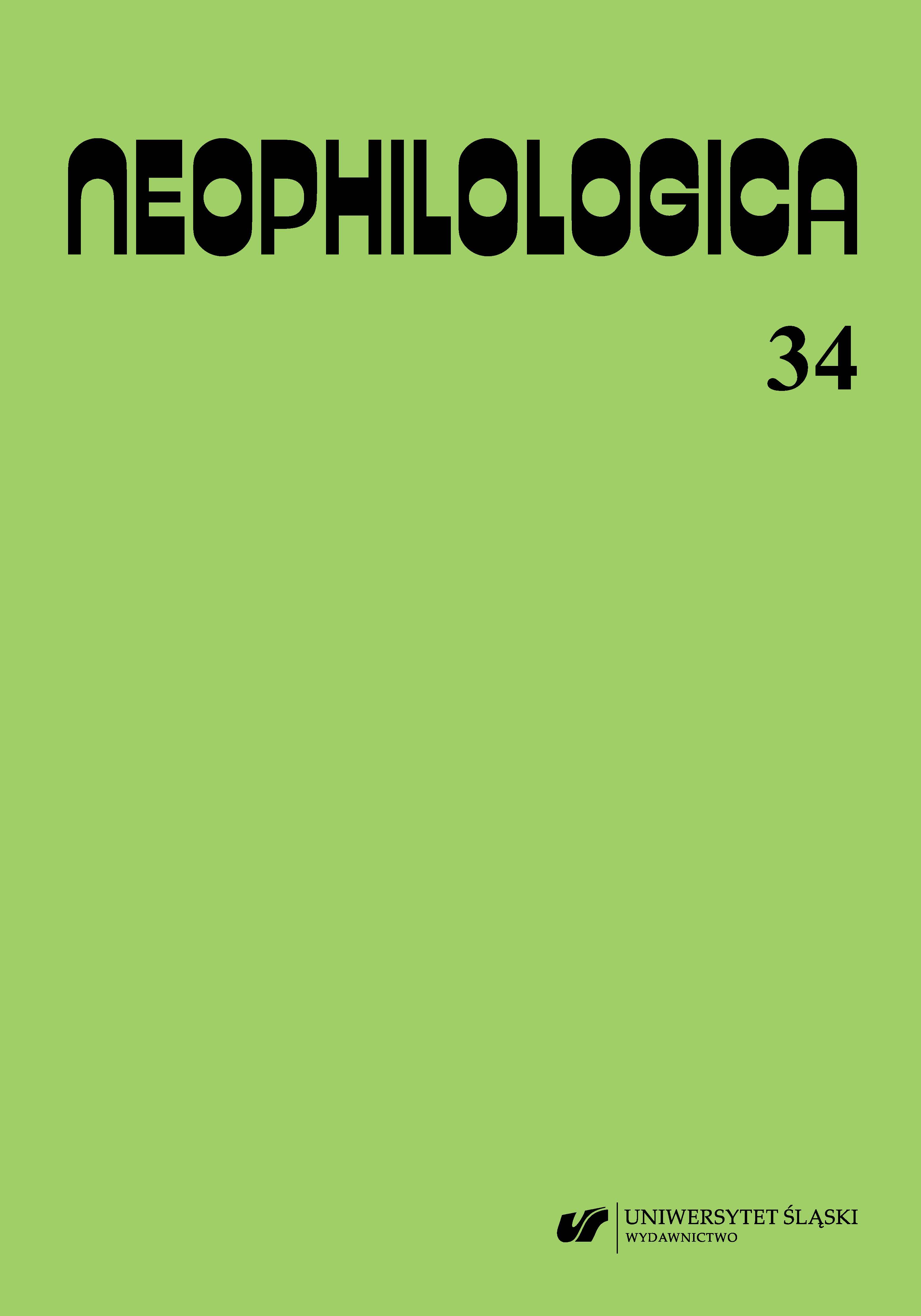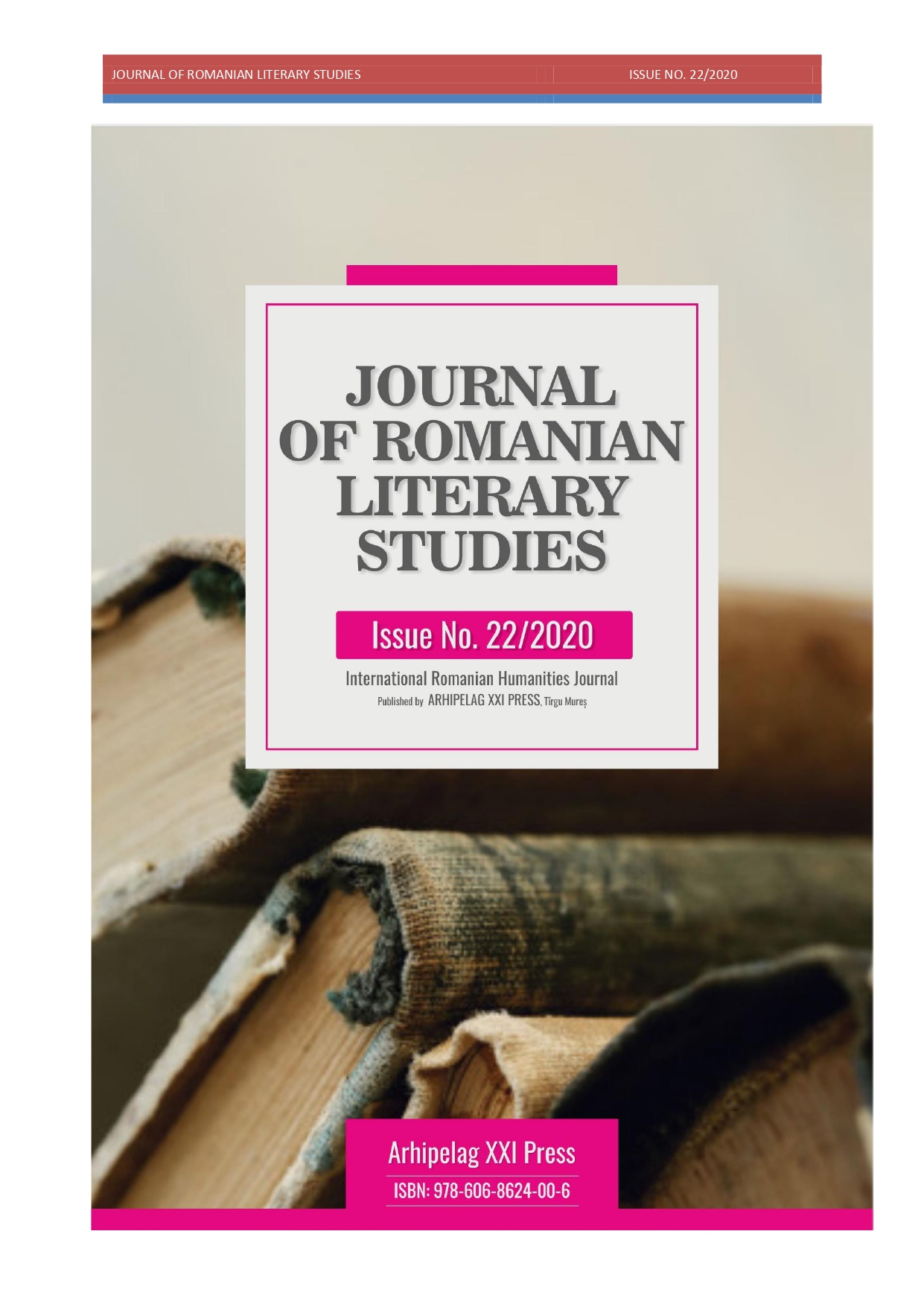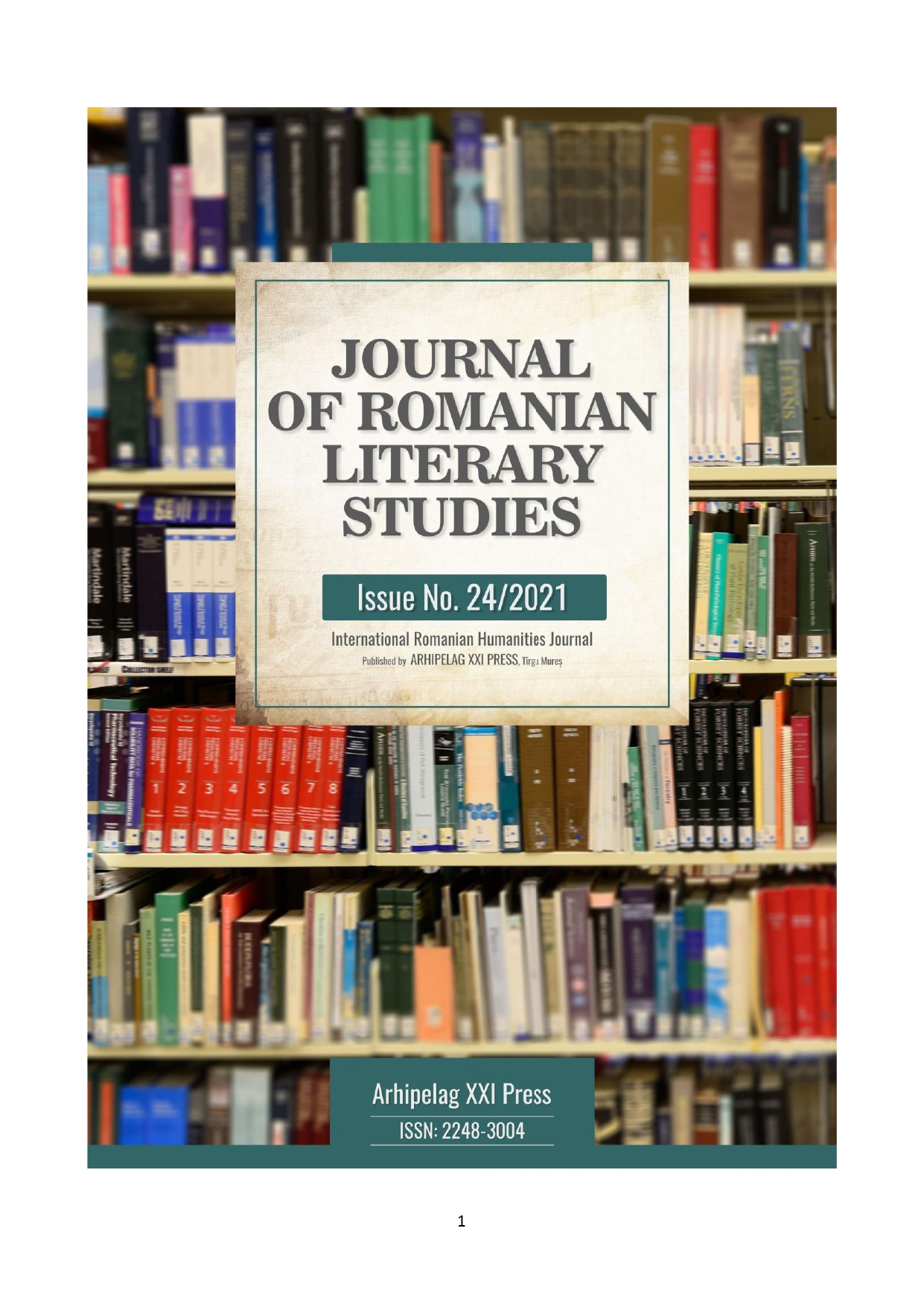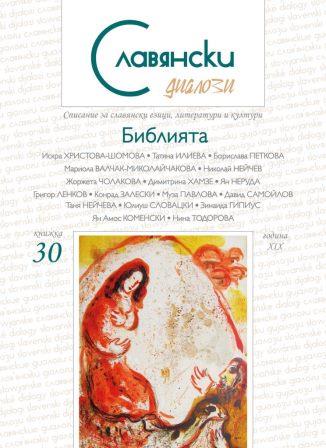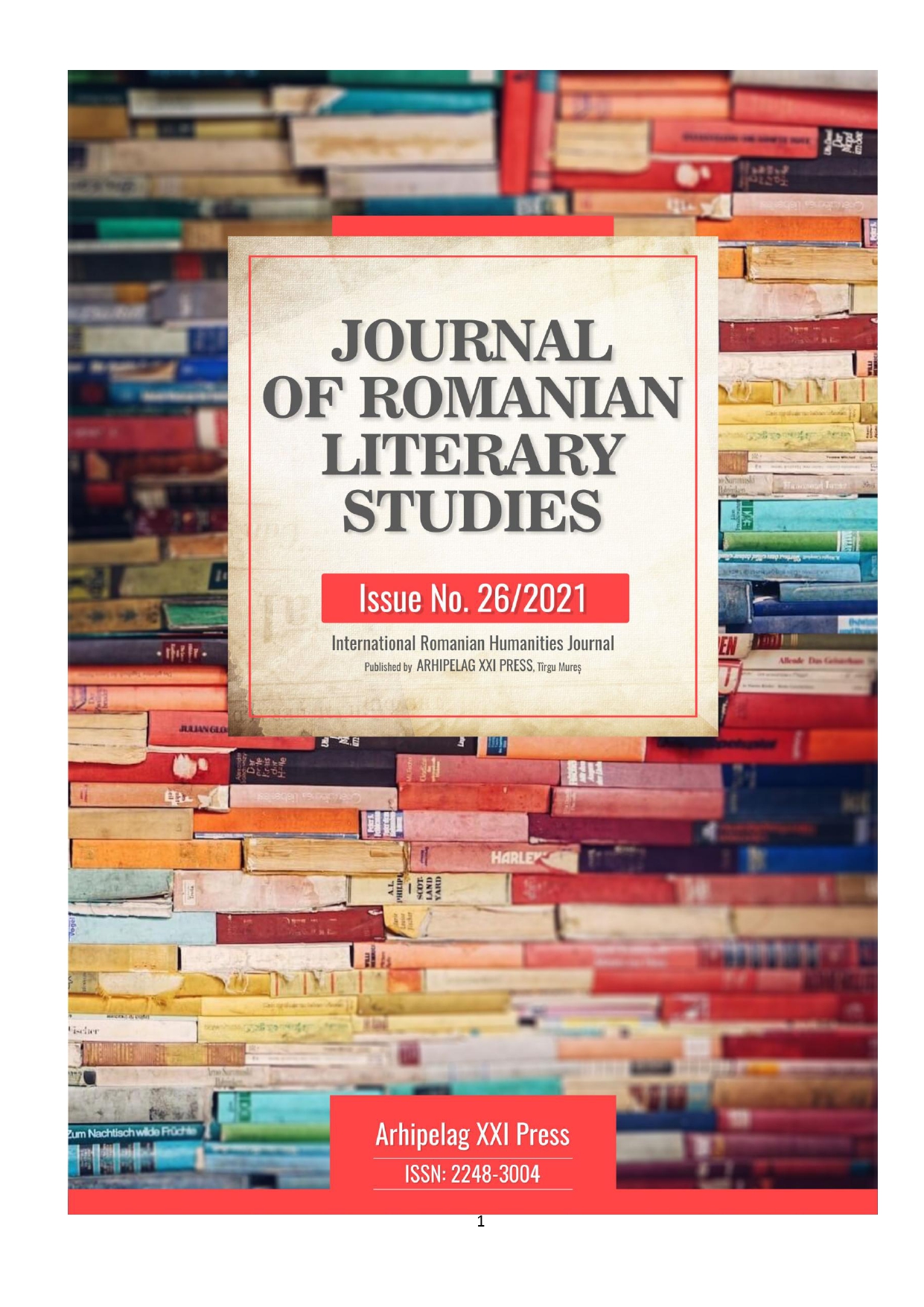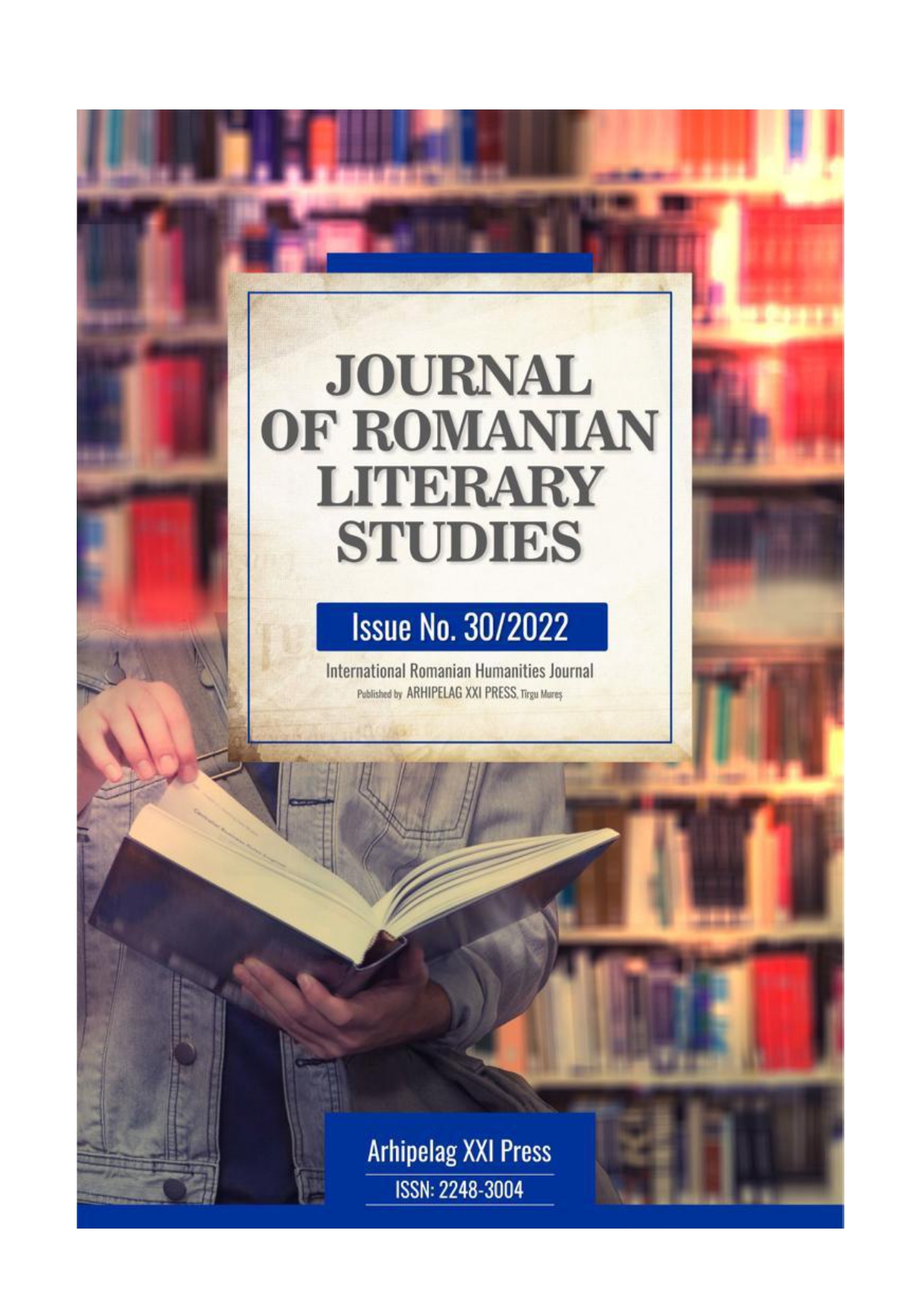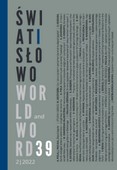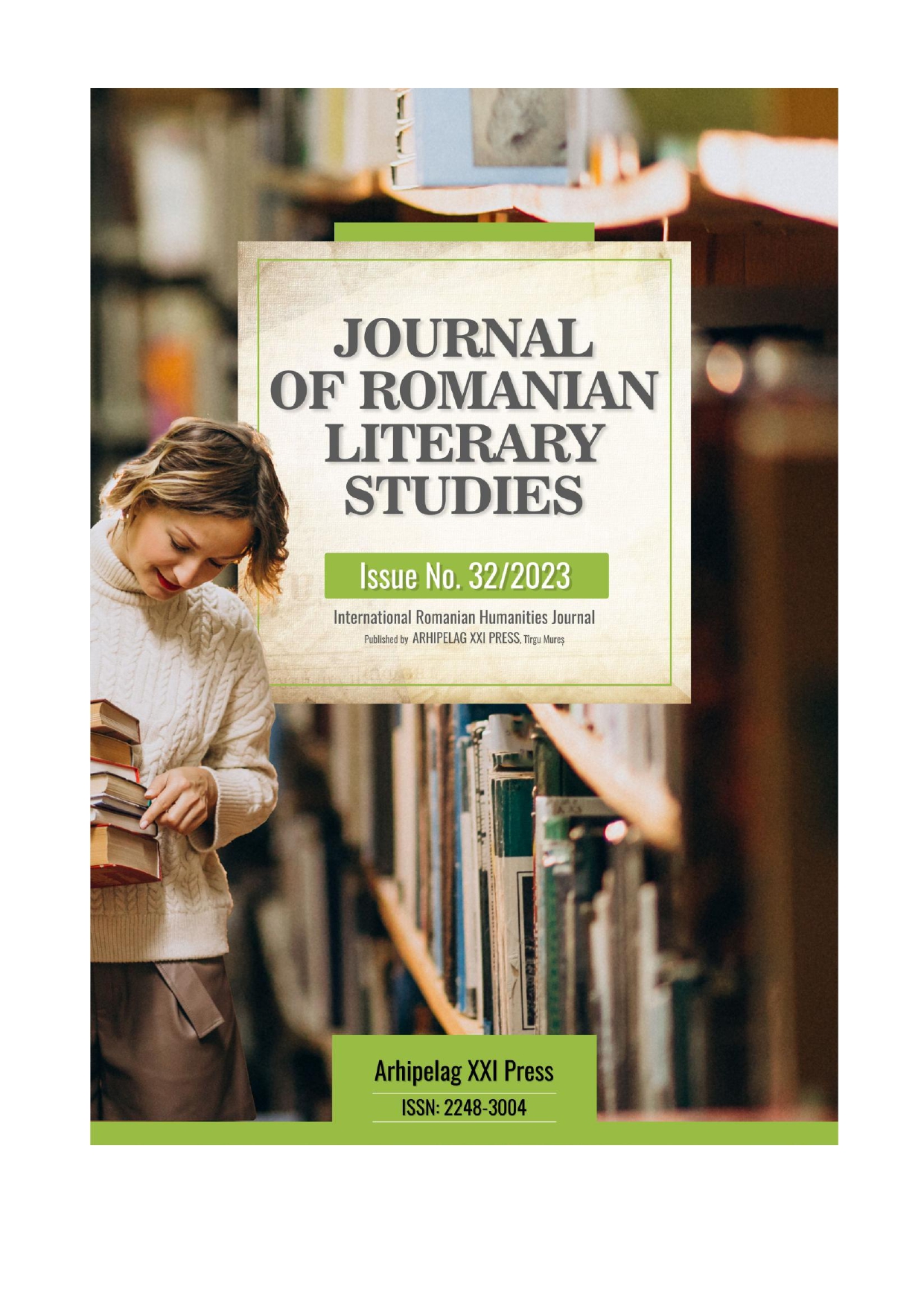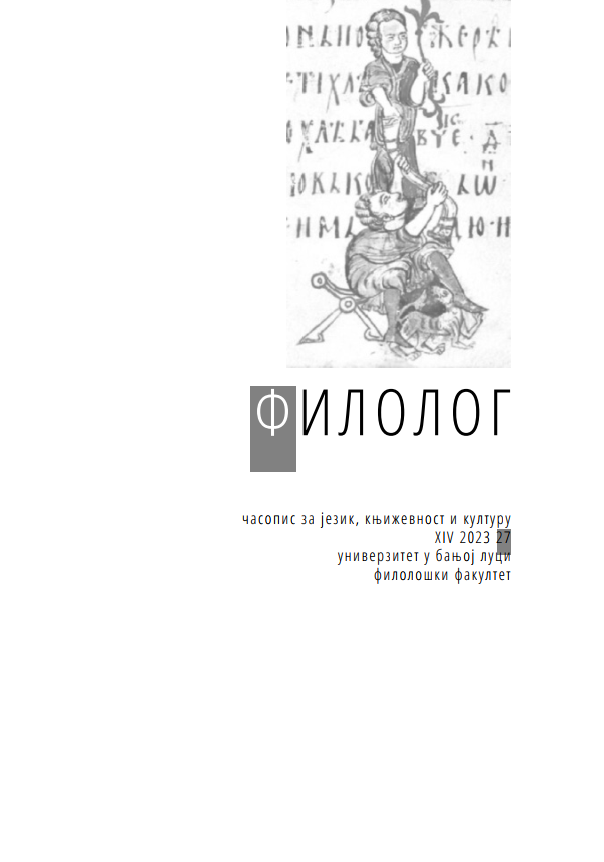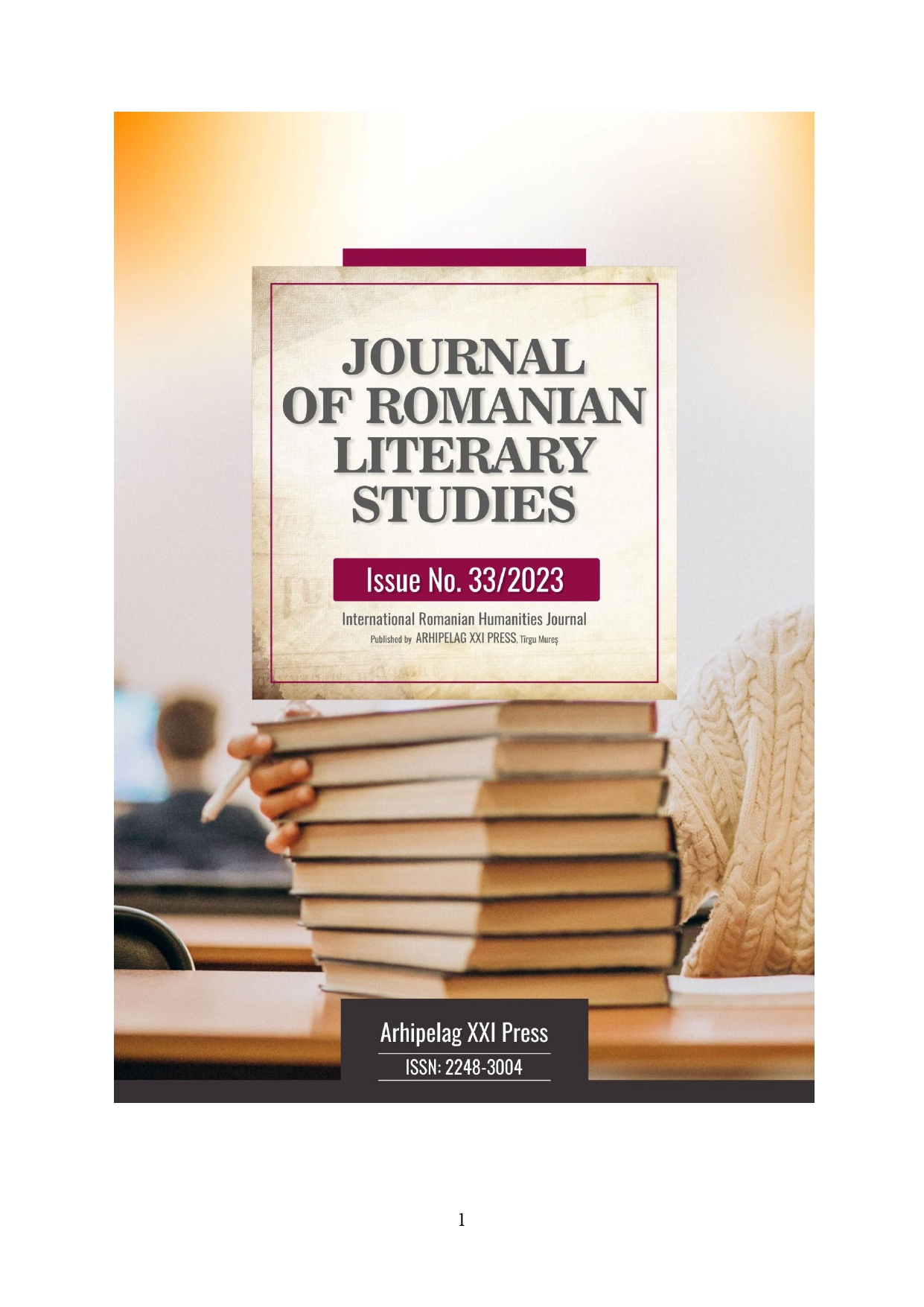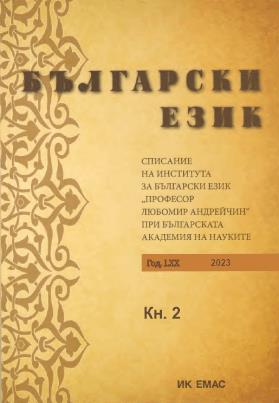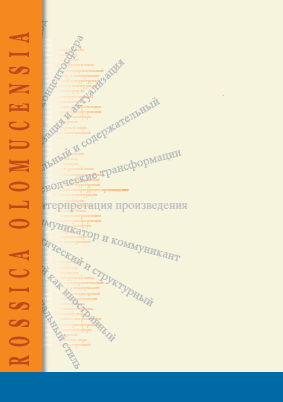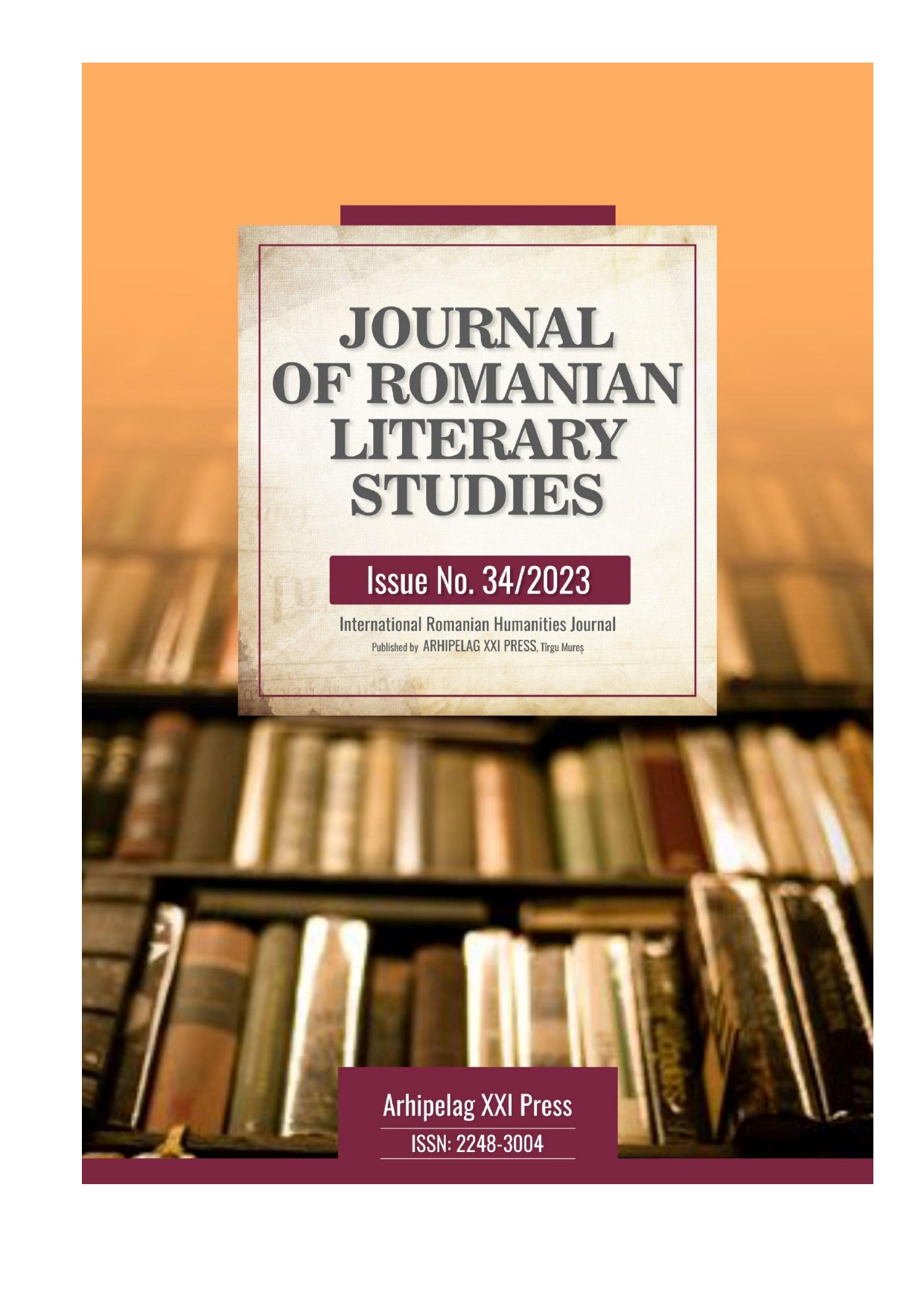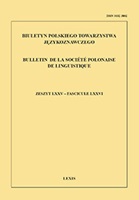Author(s): Jolanta Szarlej / Language(s): English
Issue: 39/2022
In the course of her research, the Authoress aims to show the fundamental differences in the way the linguistic image of the world is constructed in different languages (here: Polish and Classical Hebrew) at the level of syntactic structures. This component of the linguistic image of the world less frequently constitutes the object of research in the Polish cognitive tradition than, for example, lexis, which is why the Authoress considers the collected phrasemes and the meanings they convey to be particularly worth highlighting. The linguistic material that forms the basis for the research comes from the part of the Hebrew Bible called Nübî´îm, and the syntactic structures themselves are selected from the biblical material with the noun vyai ´iš, which defines man in the Bible as an individual. The structures presented here, built from a combination of the nouns xa', [;re, vyai and the prepositions B., l., l[;, la,, ta,, K. express complex and varied interpersonal relations: there are many images of closeness, cooperation, care, unanimity, but also feuds, conflicts, ruthless struggle and rivalry, with which the history of Israel was marked. Semantically, they complement the linguistic image of the intricate interpersonal relationships portrayed on the pages of the Bible.
More...
